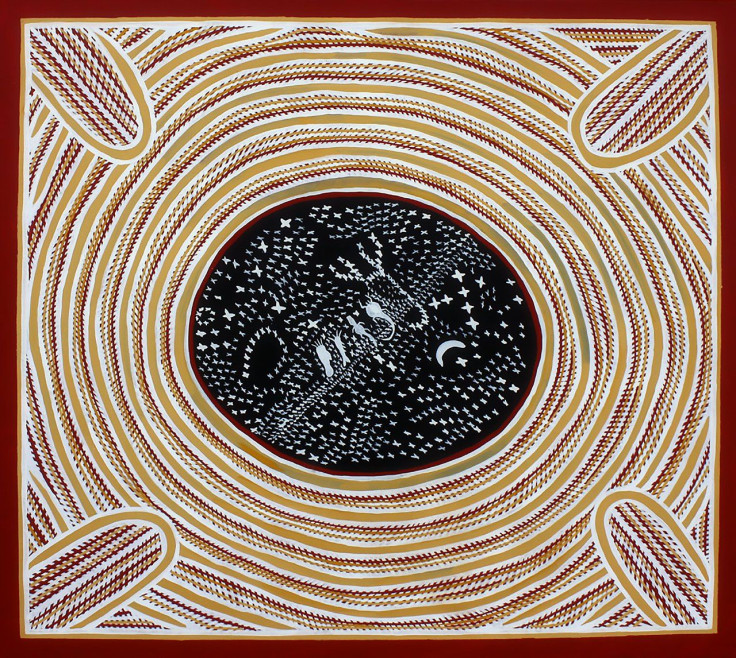Astronomers Name 86 Stars To Honor Cultures Around The World

Astronomy is taking a step forward in diversity and representation after scientists named dozens of important stars in ways that pay tribute to cultures around the world.
The 86 new star names the International Astronomical Union approved in the last year have roots in Mayan, Polynesian, Chinese, Hindu and Coptic words, as well as those from native Australian and South African tongues, according to the International Astronomical Union.
There are now more than 300 stars on the group’s official list.
Although astronomers have identified many millions of stars throughout the universe, the IAU’s list, created in 2015, aims to identify the most important ones out there — based on their brightness or scientific value — and give them names more recognizable and unique than the long strings of numbers and letters that are usually assigned to newly discovered space objects. The list offers a system of standardizing how experts refer to stars, making the names uniform across the field.
The list is now diverging from the traditional practices in another way: Stars named in the past have typically been given monikers with roots in Greek, Latin or Arabic, but the new batch of named stars incorporates several other cultures.
Examples the IAU gave of the multicultural tributes were of a bright star in the Taurus constellation that was named Chamukuy, the name of a small bird in one Mayan language; and stars called Revati and Bharani after the Hindu names for the sections of sky that they appear in.
There are also the four star names that come from Aboriginal Australian names. The newly designated stars Larawag, Ginan and Wurren come from Wardaman words and the star name Unurgunite comes from the Boorong language.
“Aboriginal Australians are among the oldest continuous cultures in the world, going back more than 65,000 years, representing some of the most ancient star names on the IAU list,” the group noted.
One of the South African names on the list is Pipirima, which now belongs to a bright star in a binary system in the Scorpius constellation. The IAU explained that it comes from a name for “inseparable mythological twins from a Tahitian legend: a boy and a girl who ran away from their parents and became stars in the sky.”
Pipirima’s partner in the binary system, Xamidimura, comes from a Khoikhoi nickname for it that translates to “eyes of the lion.”
© Copyright IBTimes 2025. All rights reserved.





















